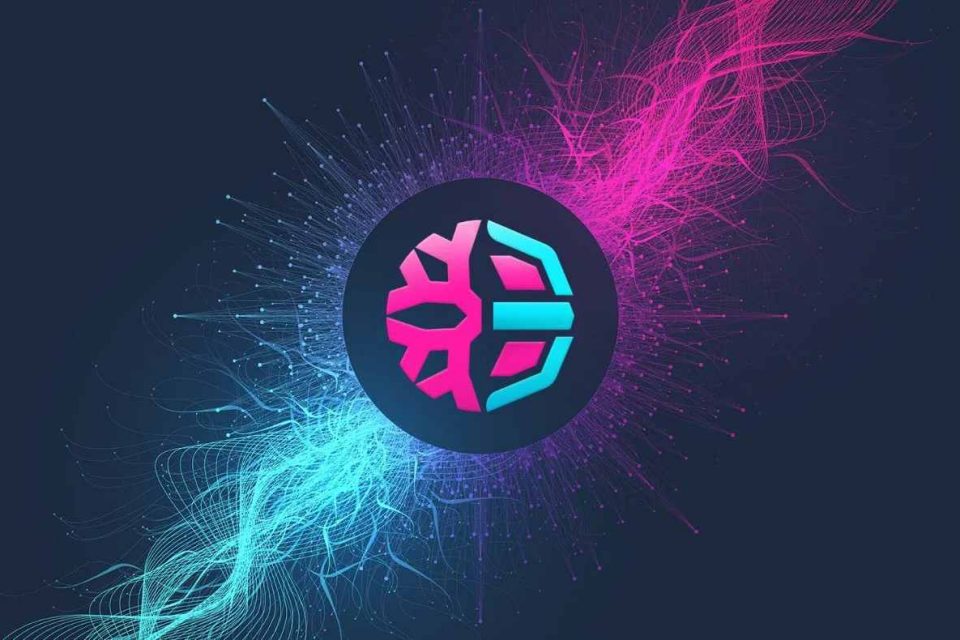Why you should build your dApp on the DeFiChain Blockchain: The Ultimate Guide to DeFiChain

You’ve probably seen it in the headlines or heard about it countless times, decentralized finance (DeFi) is a an emerging financial technology that’s set to revolutionize global finance as we know it. DeFi is a collective term used for blockchain financial applications designed to cut the middleman out of financial services, such as lending, borrowing, trading, and investing but with cryptocurrency.
These blockchain applications are called decentralized applications, or dApps. Just like traditional applications, DApp provides some function or utility to its users. DApp represents a new way of doing finance without all the red tapes of traditional finance. One of the major differences with traditional finance is that dApps are built on a decentralized network and can operate autonomously, typically through the use of smart contracts that run on a blockchain network.
DApps have evolved since they were first introduced in May 2017. Back then, building a new dApp was complex, and time-consuming with so many moving parts. Today, the number of dApps has grown exponentially, thanks to new blockchain ecosystems and tools.
Now, we’re entering a new era of the next generation of decentralized finance applications, with new functions, products, and services. To build these next generation of dApps, builders and developers need to leverage the most secure and robust networks and also pay close attention to the most popular cryptocurrency–bitcoin.
As such, old dApp tools will no longer cut it. DApp developers also need to build their applications on a decentralized blockchain platform that is fast, intelligent, and transparent about its centralized financial services. And that is where DeFiChain comes in, a blockchain specifically dedicated to decentralized financial applications.
DeFiChain is a blockchain platform that was built to leverage the power of DeFi within the Bitcoin network. Supported by a network of nodes or computers to facilitate fast and low-cost transactions, DeFiChain aims to resolve some of the common issues relating to security, decentralization, and scalability.
Launched just three years ago, DeFiChain was created to offer all the DeFI benefits including lending, borrowing, and investing. DeFiChain also offers full transparency and no single authority controls the network. For builders and developers creating new dApps, here are reasons why you should choose DeFi Blockchain as your next platform to build your decentralized apps.
DeFiChain Retains The Bitcoin Network’s Security
With so many cryptocurrencies out there, one thing that sets bitcoin apart is its security and safe and secure environment. The team behind DeFiChain also recognizes this unique strength of bitcoin. In addition to dedicating the functionality of a blockchain specifically to decentralized finance, DeFiChain provides high transaction throughput, reduced risk of errors, and intelligent feature development specifically for the fulfillment of Satoshi’s original intent: “To create a reliable alternative form of financial services built on top of Bitcoin.”
Although many users may see DeFiChain as a separate standalone and distinguished blockchain network, the DeFiChain team of developers built it with security and Bitcoin in mind. More specifically, by anchoring itself to the Bitcoin blockchain, DeFiChain’s immediate security and immutability are possible. As a result, the DeFiChain saves its most recent Merkle tree to the Bitcoin every few minutes.
Over the years, the evolution of Ethereum and smart contracts has allowed for tremendous new functionalities to be built on top of a blockchain, however, this development and capabilities come at a cost. The DeFiChain team is well aware of this. As such, DeFiChain approaches DeFi as a specific and critical segment of the blockchain community and a dedicated blockchain that is optimized specifically for DeFi applications.
The DeFiChain approach ensures the most recent DeFiChain records are fully secure and immutable and can be checked against records anchored to Bitcoin. In addition, leveraging Bitcoin’s security keeps DeFiChain safe from attacks, hackers, and vulnerabilities.
DeFiChain takes the best of the two worlds: it is anchored to Bitcoin and also retains a native consensus mechanism and function set. These two are necessary, as the Bitcoin network lacks smart contract functionality and other properties. In addition, using Proof-of-Stake enables better scaling, lower energy consumption, fast transactions, and multi-token support, among other benefits outlined in the DeFiChain whitepaper.
A Carbon-Neutral Network
One of the challenges with most blockchain applications is their carbon footprint. Unlike bitcoin which uses Proof-of-Work which requires a lot of energy to validate its transactions, DeFiChain uses Proof-of-Stake which lowers the amount of energy usage. As of November 2021, DeFiChain was officially a 100% carbon-neutral blockchain. Proof-of-stake is a consensus mechanism for processing transactions and creating new blocks in a blockchain to ensure that only valid entries are entered into a distributed database in a safe and secure fashion.
As such, using Proof-of-Stake serves another crucial purpose within the DeFiChain ecosystem. As it is a more efficient network and one that enables better energy efficiency, it paves the way for DeFiChain to become carbon neutral network. In recent years, bitcoin and other proof-of-work blockchains, have come under intense scrutiny for their environmental impact. Pushing further into renewable energy for mining purposes will help alleviate those concerns.
For DeFiChain, the push to become carbon neutral is essential. The network achieved carbon neutrality several months ago and continues to offset CO2 emissions generated by blockchain operations without skipping a beat. Moreover, DeFiChain illustrates how decentralized finance on Bitcoin can be carbon neutral, whereas other popular networks – like Ethereum – continue to affect the environment negatively.
Community-Owned And Community-Driven
As we discussed earlier, one of the most important ingredients of any thriving community is trust and transparency. DeFiChain is a community-owned platform with full transparency and no single authority controls the network. As such, the community plays a larger role in the proper functioning of the ecosystem.
A thriving blockchain ecosystem relies on its users and node operators to achieve decentralization. But the core developers will often retain a degree of control to improve the network and make adjustments. DeFiChain is entirely community-owned, making all users responsible for maintaining the network and figuring out ways to make it better and more robust.
All DeFiChain community members can contribute to this process through DeFiChain Improvement Proposals (DFIPs). It is another great example of achieving decentralized governance and putting community members in the driving seat. Moreover, it creates a place for conversation and healthy discussion, which can push the DeFiChain ecosystem to new heights.
The DeFiChain Accelerator
As an ecosystem grows larger, the need for feedback is also paramount. One other exciting addition to the DeFiChain ecosystem is the native Accelerator. This feature will serve as a solution to boost the adoption of DeFiChain and DeFi on Bitcoin, with the goal of becoming the default decentralized finance blockchain. The Accelerator will aid developers in jump-starting their business in the DeFiChain ecosystem and extend financial support where necessary and applicable.
Per the recent monthly report, the DeFiChain Accelerator continues to build momentum and will focus on the US market for now. Additionally, there is growing momentum among companies looking to build on DeFiChain, although there is more work to do. Despite the current crypto market conditions, global interest in DeFi on Bitcoin keeps rising. As the DeFiChain community continues to thrive, it will be interesting to see what will be built on DeFiChain over the coming months and years.

